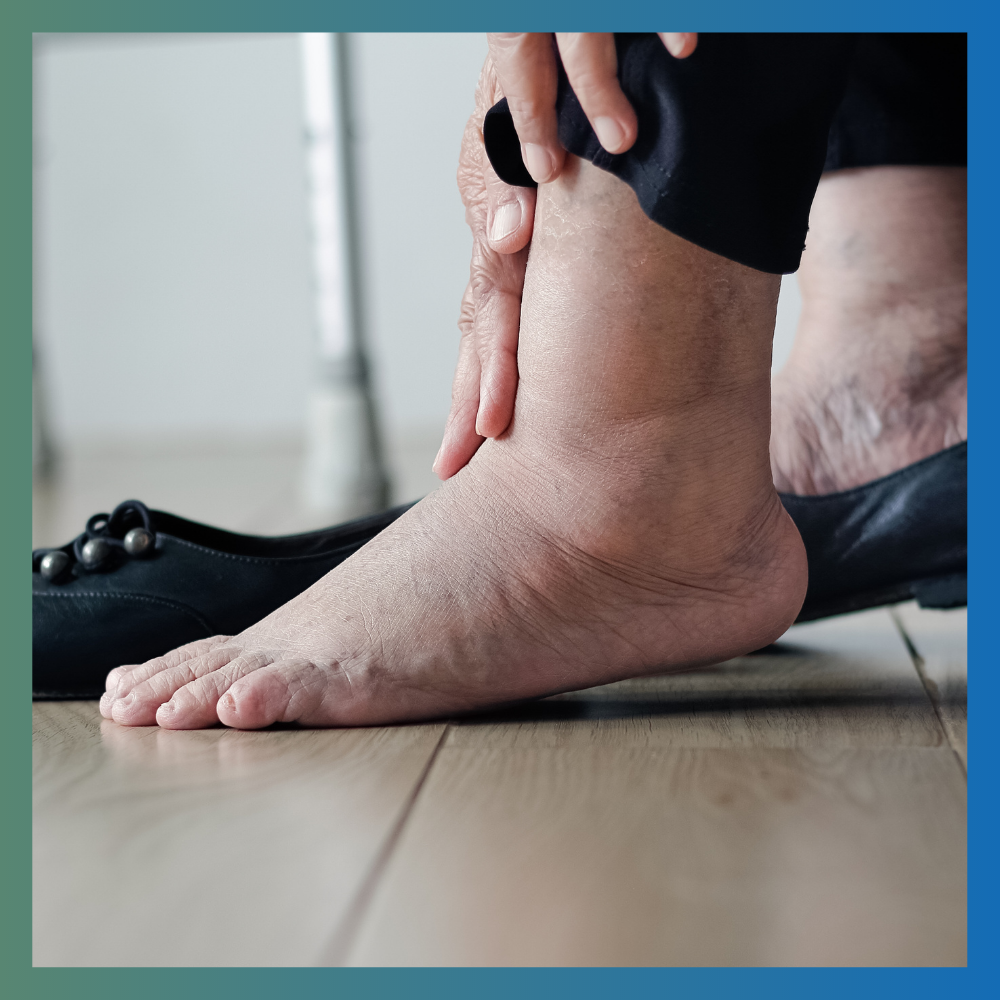Effects of Massage Therapy on Multiple Sclerosis: a Case Report
Abstract
Background: Multiple Sclerosis (MS) is characterized by degeneration of the myelin sheath of an axon resulting in decreased transmission of nerve impulses. It is an autoimmune disease with periods of exacerbation and remission. Types of MS include relapsing-remitting, acute progressive, chronic progressive attack-remitting, and benign. Symptoms vary from patient to patient. Common symptoms include fatigue, spasticity, swelling, and altered gait. MS is commonly treated with medications that help relieve symptoms and prolong disease progression. Massage Therapy (MT), specifically Swedish techniques, have been effective in treating MS.
Objective: To examine the effects of MT on mobility, fatigue, and edema in a patient with MS.
Methods: An MT student from MacEwan University’s 2,200-hour Massage Therapy program administered five MT treatments over a six-week period to a 58-year-old female diagnosed with MS 11 years earlier. She presented with symptoms of decreased mobility, fatigue, and left ankle edema. Assessment included active and passive range of motion (ROM), myotomes, dermatomes, reflexes, and orthopedic tests. Goals for the treatment sessions were to increase mobility, decrease fatigue, and decrease edema. Assessment measures included the Timed-Up-and-Go (TUG) test for mobility, the Modified Fatigue Impact Scale (MFIS) to measure fatigue, and Figure-8 ankle measurement to measure edema. Techniques used included Swedish massage, passive ROM, manual lymphatic drainage (MLD), and home-care exercises.
Results: Little change was noted in mobility. The patient’s fatigue level and left ankle edema decreased.
Conclusion: The results suggest that MT is effective in reducing fatigue and edema in a patient with MS. Future studies are needed to evaluate the correlation between mobility and massage.
Downloads the last 12 months

License
Copyright (c) 2020 Authors

This work is licensed under a Creative Commons Attribution-NonCommercial-NoDerivatives 3.0 Unported License.





.png)





